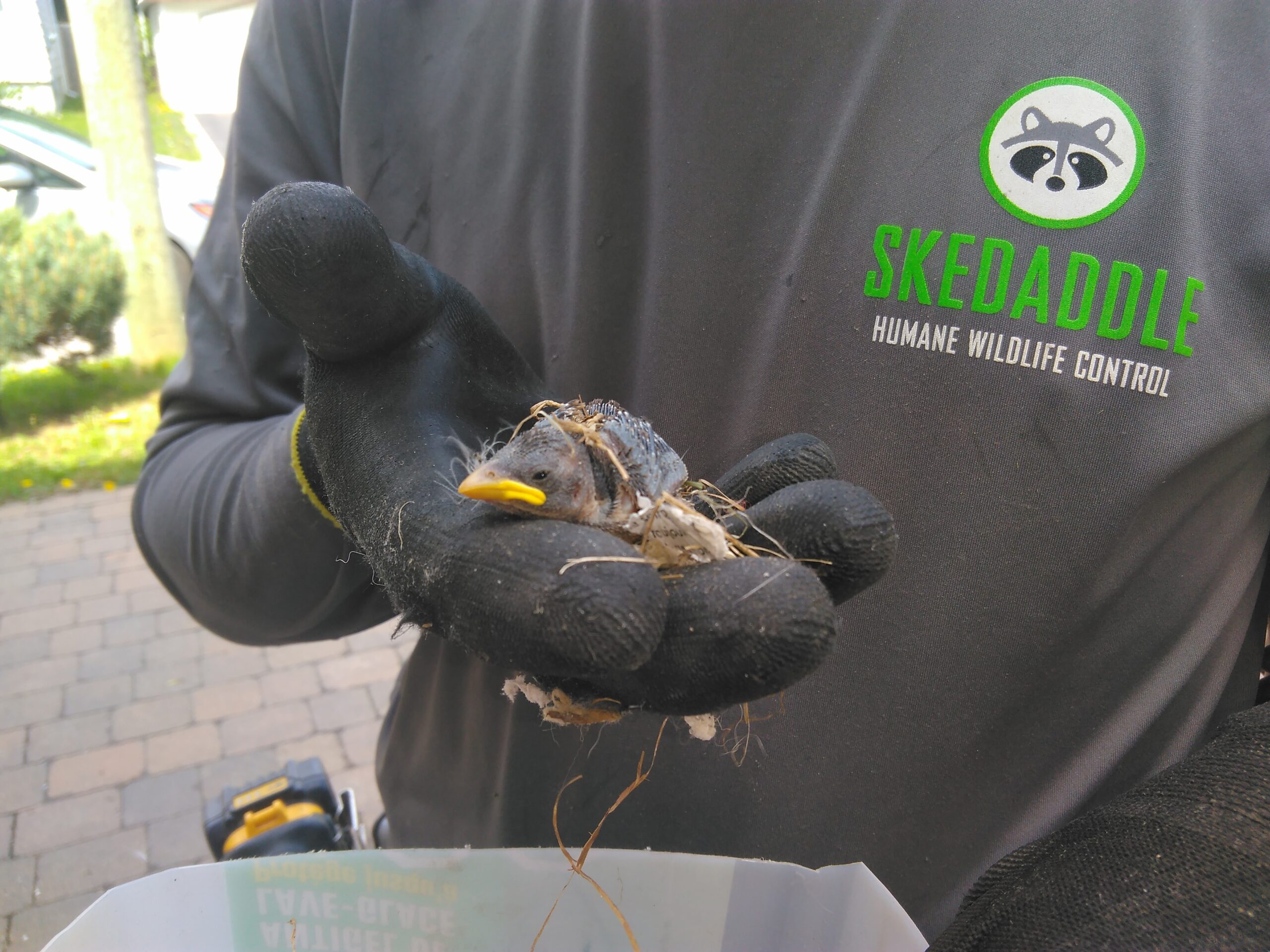Many bird species in Canada undergo an annual migration. In the fall, they fly to warmer locations and spend the months of winter there, and in spring they return up north. A bird’s migratory patterns have a significant impact on bird removal from the home as it is illegal to disturb the nests of many species. Here are some things you should know about bird migration.
Do All Birds Migrate?
Not all bird species migrate. In fact, only 40% of bird species in the world undergo a yearly migration. However, most of the birds that stay in the same habitat year-round live in tropical regions where the weather is consistently favourable to them. In northern regions where winters are harsh, more bird species undergo migration.
For this reason, most bird species that live in Canada are migratory, but there are a few species that remain through the winter. Northern cardinals, black-capped chickadees, and downy woodpeckers are all examples of bird species native to Ontario that does not migrate. The invasive European starling is another example. These birds are adapted to survive the winter cold by puffing up their feathers to trap air pockets next to their skin. The warmth of their bodies then warms the air and insulates them against the cold.
Why Do Birds Migrate?
Birds that are not adapted to survive the cold have to migrate, but this is not the only reason. Not only is the cold a risk to them, but food sources are in short supply. Birds migrate to warmer regions where food is more plentiful. This creates less competition for food among the few bird species that stay behind.
How Do Birds Prepare To Migrate?
One way that birds prepare for migration is by moulting. They shed their old feathers, which may be ragged and produce more air resistance, and replace them with new feathers that are more streamlined. This allows them to fly more efficiently and expend less energy.
However, the main thing that birds do to prepare for migration is to build up their fat stores. This allows birds to store extra energy for long-distance flight. Some birds build up relatively small fat stores because they make multiple stops to feed over the long journey. Other birds make the entire migration in one long trip, and these birds build up larger fat stores before their departure because they won’t be able to stop and eat along the way.
Some birds change their diet during the late summer and early fall when they are preparing for migration. For example, some birds are naturally insectivores, but as the time for migration approaches, they switch to eating fruits. There are two reasons for this. First, as the weather turns colder, insects are no longer as plentiful as they once were. Second, fruits are high in sugar content, which helps birds build up their stores of fat for their journey.
There is a risk that if a bird becomes too heavy, it could endanger its migration because it has to expend too much energy to fly. This means that the departure conditions have to be favourable at the start of a bird’s migration. Birds do not consciously decide to start building fat stores or calculate how much weight they have to gain. Rather, they undergo metabolic changes due to different hormones their bodies secrete at the right times.
Where Do Birds Nest in Homes?
When birds make nests in human homes, it is usually somewhere high off the ground. Eaves, soffits, and chimneys are frequent spots for birds’ nests. If you notice any signs indicating you have a fellow bird living somewhere on your property, it’s important to contact a humane wildlife control specialist.
Why Should You Call Skedaddle for Bird Removal?
Many species are protected by an international treaty that makes it illegal to harm them or disturb them while they are nesting. We are familiar with the laws that apply to wildlife control in Ajax and can identify protected species as well as those that are not. This, plus our humane removal techniques, makes us who to call for bird removal.




